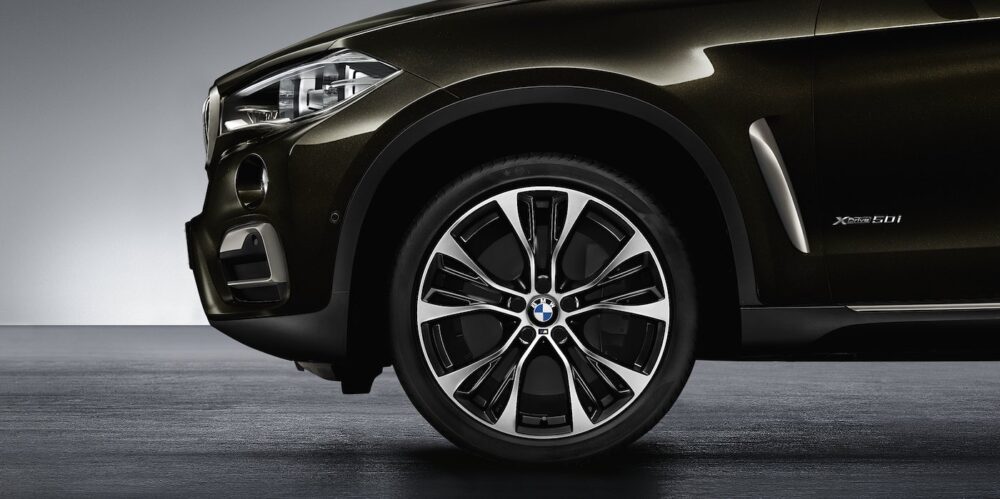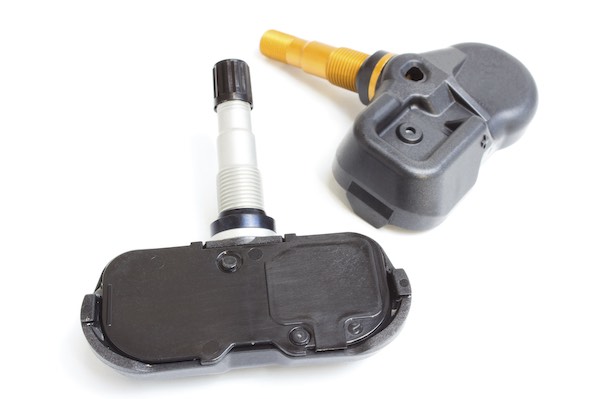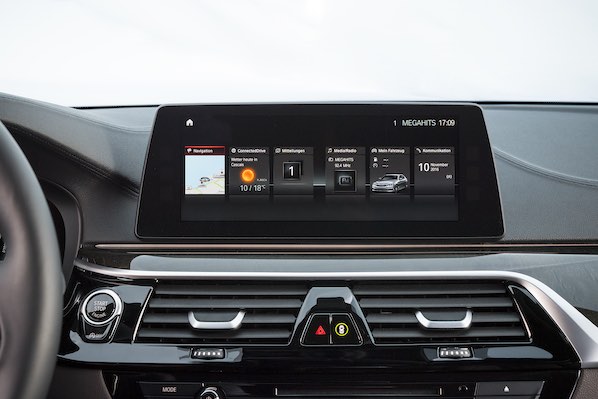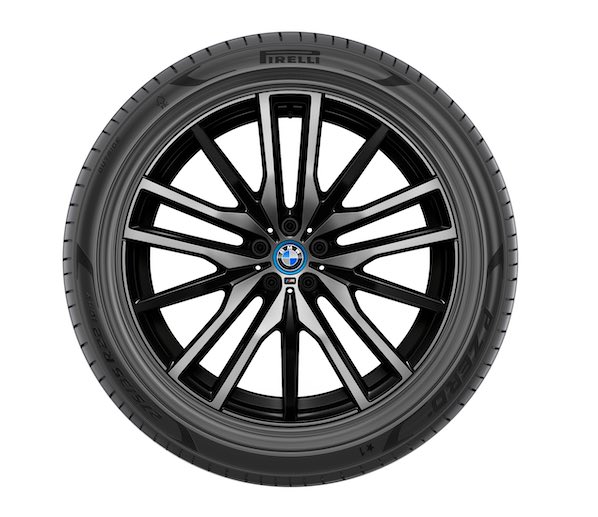BMW has offered Tire Pressure Monitoring Systems (TPMS) for more than 20 years. These early indirect and direct systems were implemented not to meet the 2007 government mandate but to inform the driver when an expensive Michelin or Bridgestone run-flat tire was deflating. Some 2002 and 2003 models have an indirect system called Flat Tire Monitor (FTM) that compares the inputs of the wheel speed sensors to detect a flat tire.
The direct systems use sensors mounted in the valve stems and have a lifespan of six to 10 years of battery life, depending on the drive cycles. Inside the wheel wells are the antenna and transponder for the sensor. There are two types of antenna/ transponders. The most common transponder is about six-by-one-inch long. The other type looks like a large matchbox. The antenna/transponder units connect to a control unit mounted in the dash or trunk.
You would think you could simply classify BMW TPMS Systems into two distinct categories of direct and indirect vehicles. Direct TPMS directly measures tire pressure and temperature with a sensor. Indirect systems use wheel speed sensors to measure the pressure indirectly.
But, there is a third type of system. BMW and Mercedes-Benz use direct sensors in the tires but also look at wheel speed sensor data as part of a flat tire detection system. The combined system can detect a blowout faster.
When you think sensors do not receive signals, you find a system with transmitters in the wheel wells. Instead of waiting for the sensor to transmit on its own, a transmitter in the wheel well will send a signal to a sensor at around 125Hz. The signal tells the sensor to transmit a signal. This type of system’s main advantage is that individual pressures can be obtained when the vehicle is stationary.
If you are to take one thing away from this article, it is this: The owner’s manual has all of the TPMS reset procedures for that specific vehicle. When servicing one of these systems, it is important not to panic. If the car or truck has a full-size spare tire like on some of the X Series SUVs, it is equipped with a sensor. On some of these models, the valve stem must be mounted in a certain direction in the wheel well. On some models, the pressure can be monitored only when mounted. Temporary spares do not have a wheel sensor. If a temporary spare is mounted at any wheel position, the TPMS system will become “inactive” after several minutes.
Some early systems automatically adjust and recommend pressure settings based on changes in ambient air temperature. Suppose the temperature is significantly cooler than the original initialization temperature for 14 days. In that case, the system will display an “Autumn Warning” light to prompt the driver to recheck and inflate the tires because of cold weather. This feature was dropped on most systems after the 2009 model year.
Scan tools or TPMS-specific tools are not required to reset the system after rotation or sensor replacement. The resetting of sensors on all models can be performed through a button on the dash, turn signal stalk or the iDrive interface. But, if the system has a malfunction code, a scan tool with the right software can help you pinpoint the problem.
Some BMW models require the iDrive system to reset the TPMS system. The knob is like a computer mouse that is used to highlight menus and icons on the screen. Once an item is selected, just press down on the wheel to activate it.
Diagnostic Path
I believe in the “Test Before You Touch” method as a way to perform triage when assessing the initial customer complaint. This procedure can rule out inflation and dead sensor problems.
Even if a vehicle’s TPMS system uses a dynamic or automatic relearn procedure, a dedicated TPMS can ping all the sensors on the car to confirm operation BEFORE tires are mounted or rotated. By doing this step, you can avoid issues with the customer complaining you damaged their sensors.
Your TPMS tool is not just for relearns and programming sensors. These tools can pull codes from the TPMS module through the OBDII connection. Also, they can be used to detect and measure the strengths of radio signals coming from sensors and the environment around the car.
Many TPMS systems are more than a decade old. With older vehicles, there are more curveballs. During the first years of the TPMS mandate in 2007 and 2008, many manufacturers were still trying to integrate TPMS sensors, antennas and modules onto pre-existing platforms. These single-model exceptions are where you might have to be a diagnostic switch hitter. Never assume that all TPMS systems operate the same way.

















